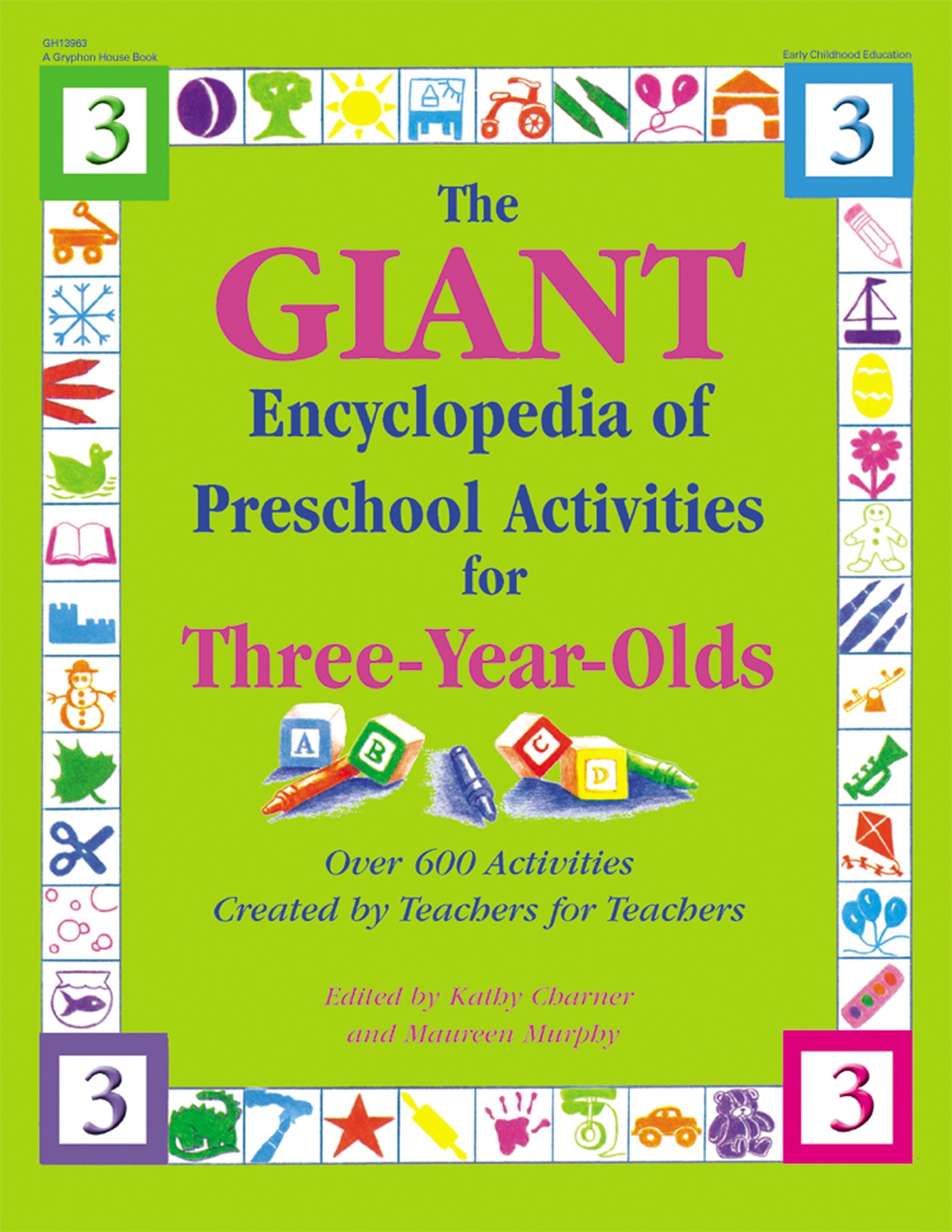Materials
Bulletin board paper or old blueprint paper (from a local architect)
Markers
Instructions
1. Small group times are a part of every preschool program. A simple definition
for small group time is a time during the day's activities where children are
involved with a small group of their peers (eight or less) in a planned, teacherfacilitated
activity. The role of the teacher is to encourage and facilitate the
learning and exploring process, not dominate and stifle creativity. Following is
a list of ideas to guide you in successful small group times.
2. The adult/child ratio should be no more than 1:8. This allows opportunity for
adults to become directly involved with all the children in a group.
3. Each child should have a defined space to work that can be designated
as his or hers.
4. Children will need certain materials of their own to be available during small
group times, including such things as scissors, glue, tape, crayons, and
markers. These can be kept in the children's own art boxes or be made
available when needed.
5. Each child should have access to all materials being used in an activity. Put
several containers of the same materials in various places throughout the work
area. This eliminates anxiety on the part of the child by keeping wait time at
a minimum.
6. Adult language during small group times should encourage and facilitate the
child's exploration and creativity. Open-ended statements that encourage the
child to be involved with conversation are preferable to comments that seek
one specific answer or yes/no answers. For example: "Billy, tell me about
what you are making" is a better approach than "What is it you are making?"
7. Small group activities do not always have an end product that the child takes
with them. Small group times will often include the use of manipulatives from
the classroom in different ways.
8. Always have additional materials to add to your original idea in case your
plan does not go in a direction you intended. Asking children what else can
be used is a good way to add to and extend an activity.
9. Recording a child's conversation during small group times is a wonderful way
to add to a child's creation. Writing responses on paper and using them later
to discuss the activity is an excellent follow up. These responses can be
shared with parents and incorporated into further activities.
10. Use the "Small Group Planning Sheet" (see following page) for future
planning. Your changes and recommendations can be noted as well.
11. Small group activities will often lead to new centers. Materials used for the
activity can be transferred to the appropriate learning center in the room or a
separate center can be established.
